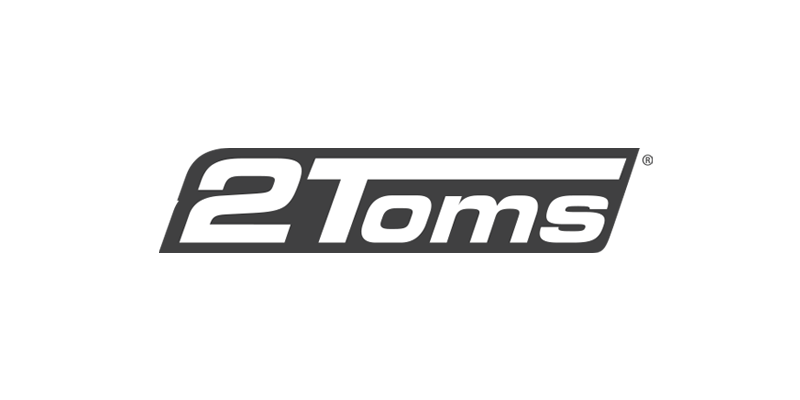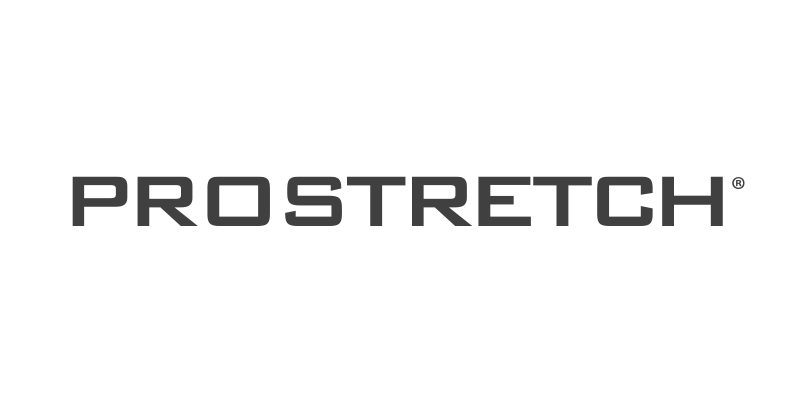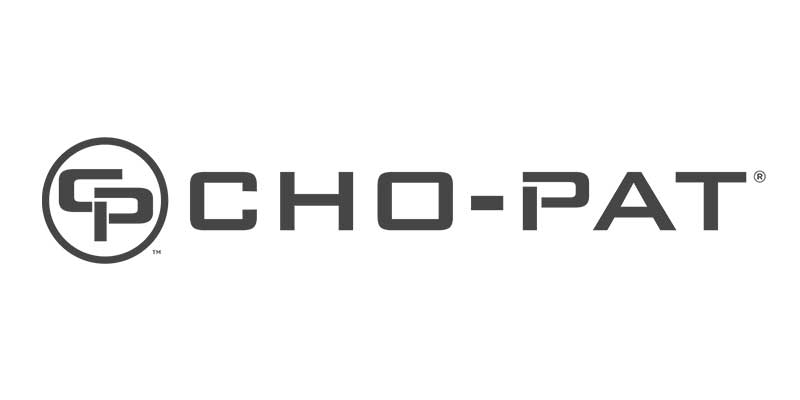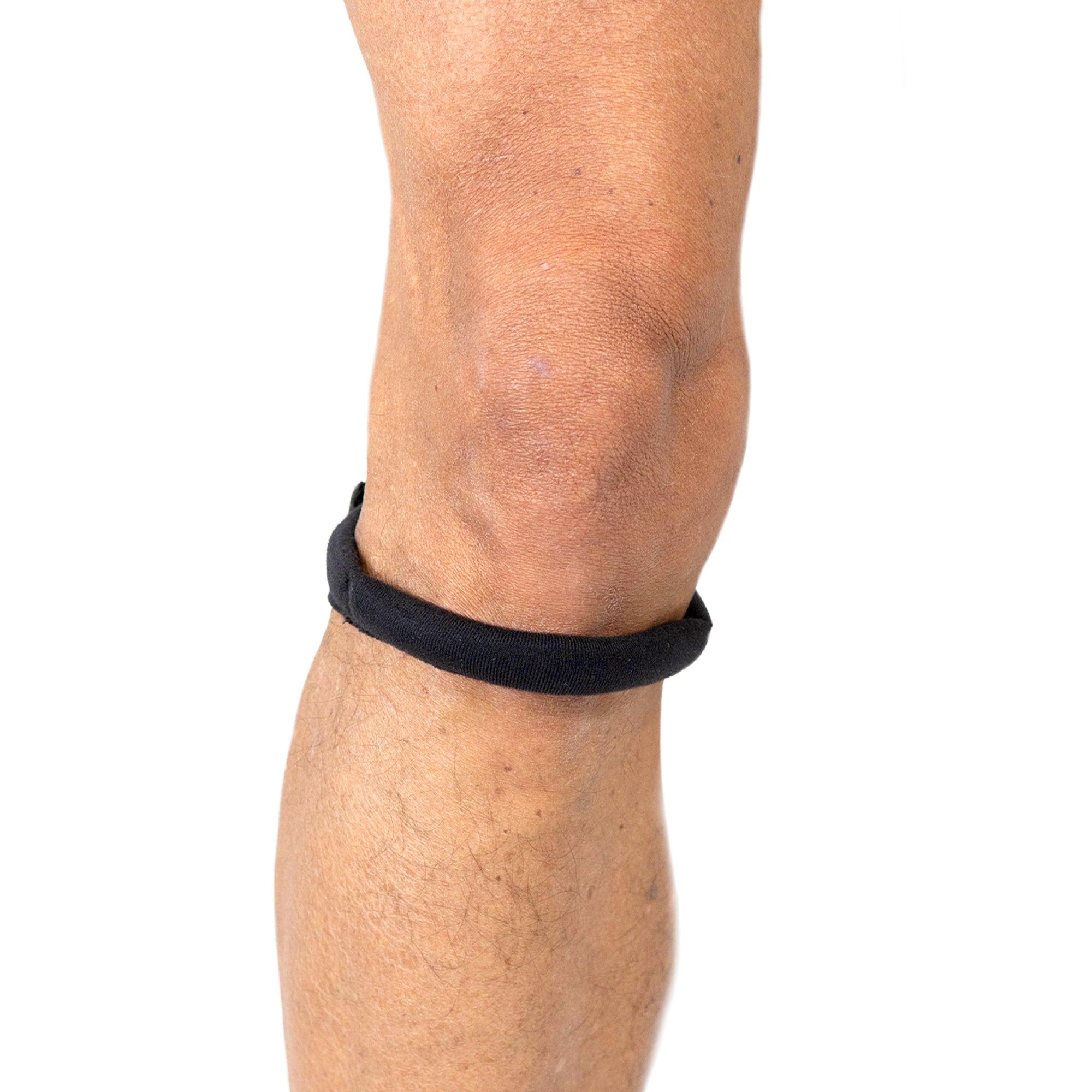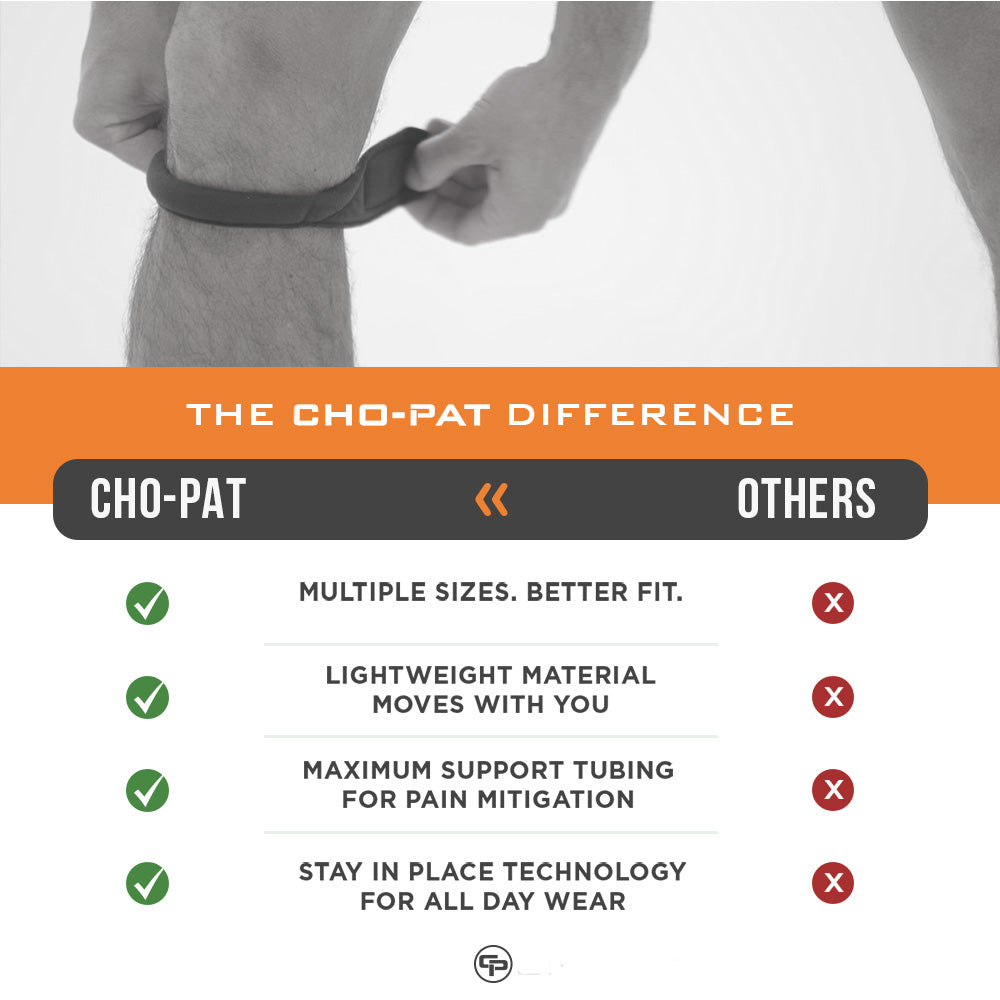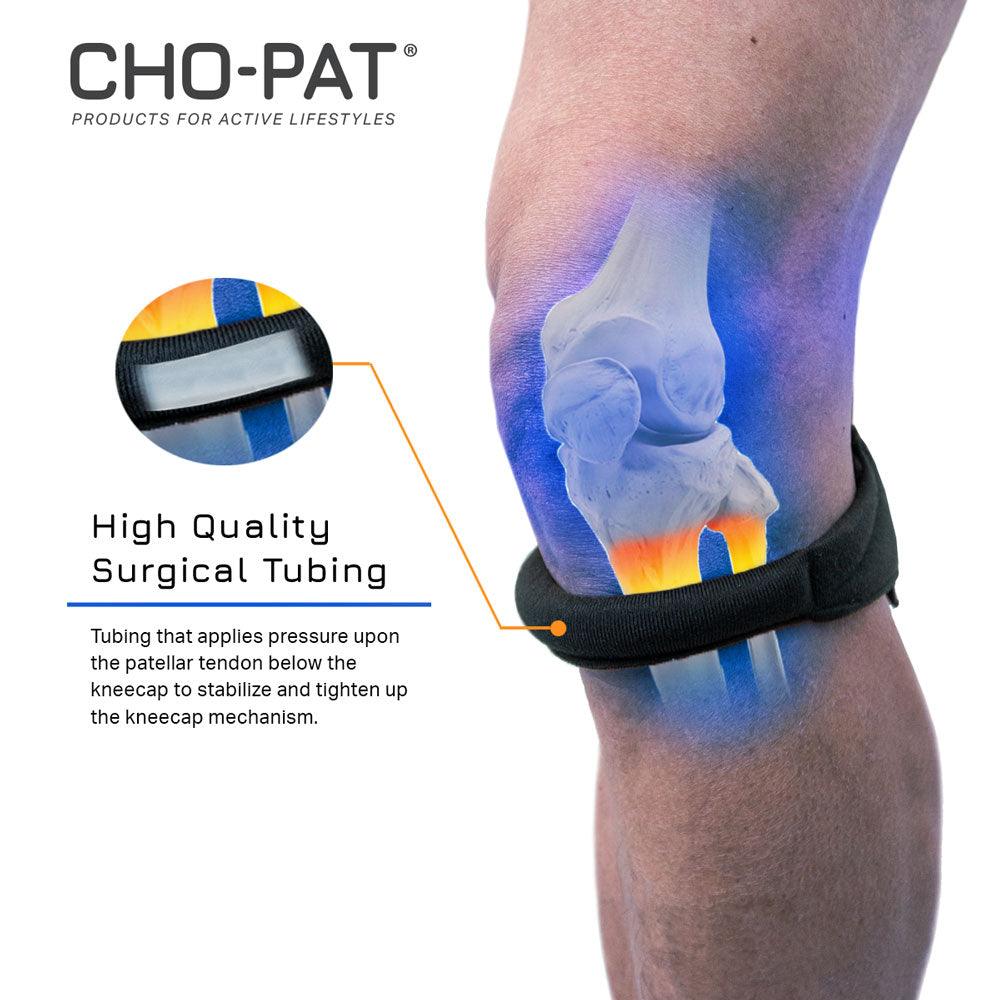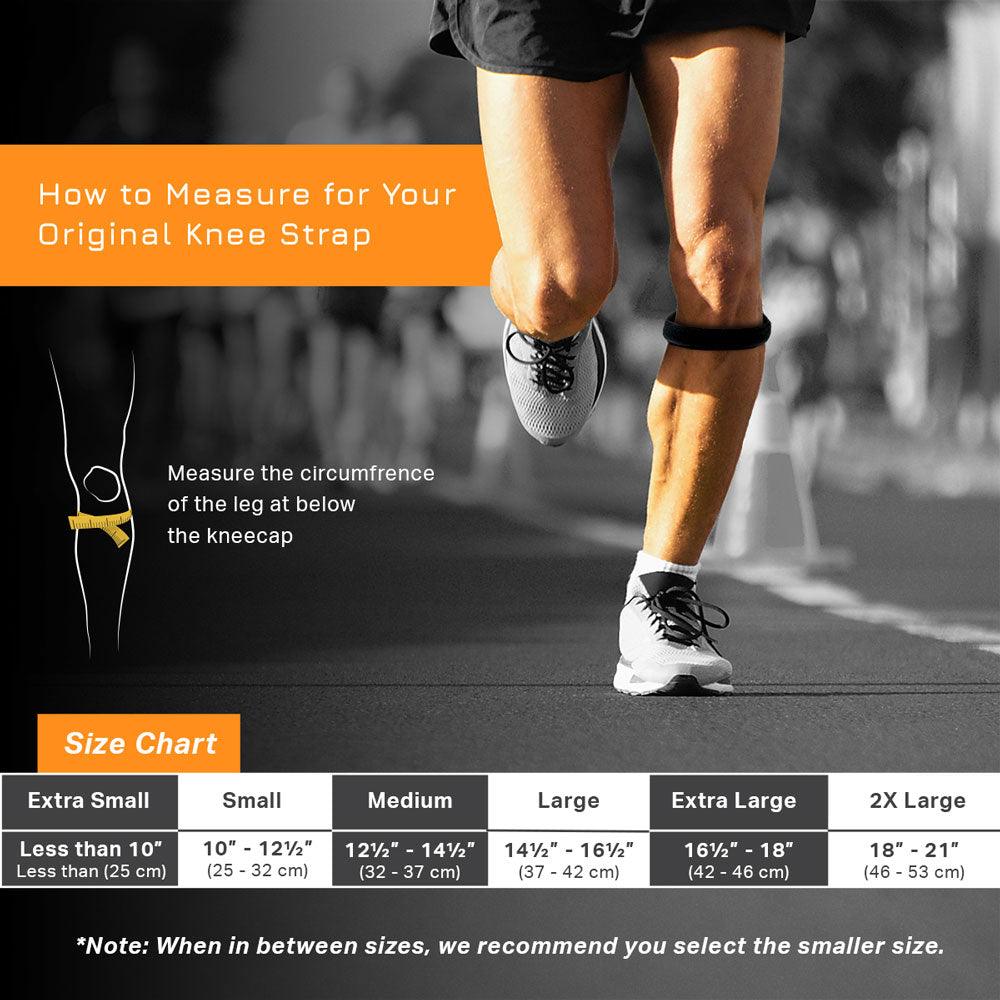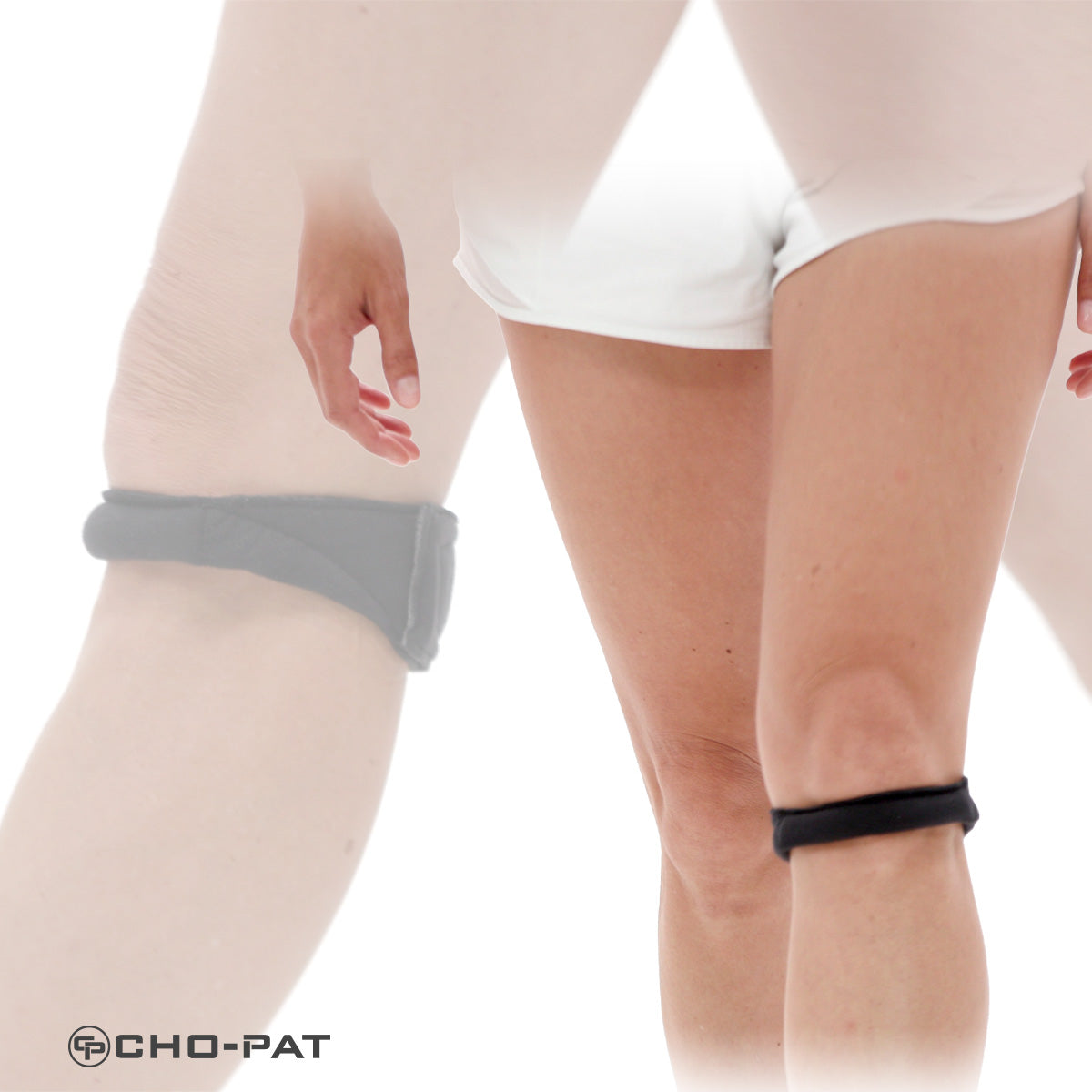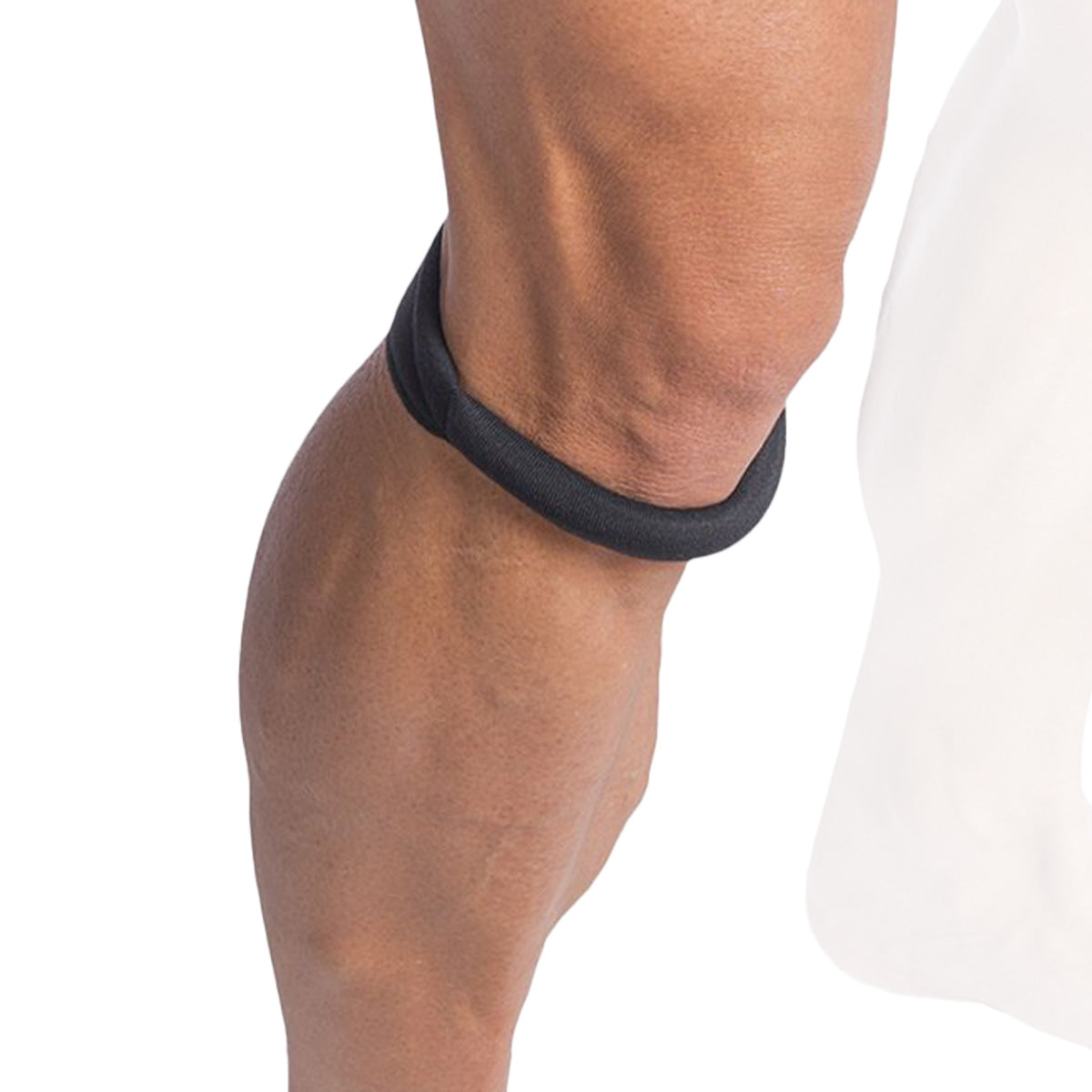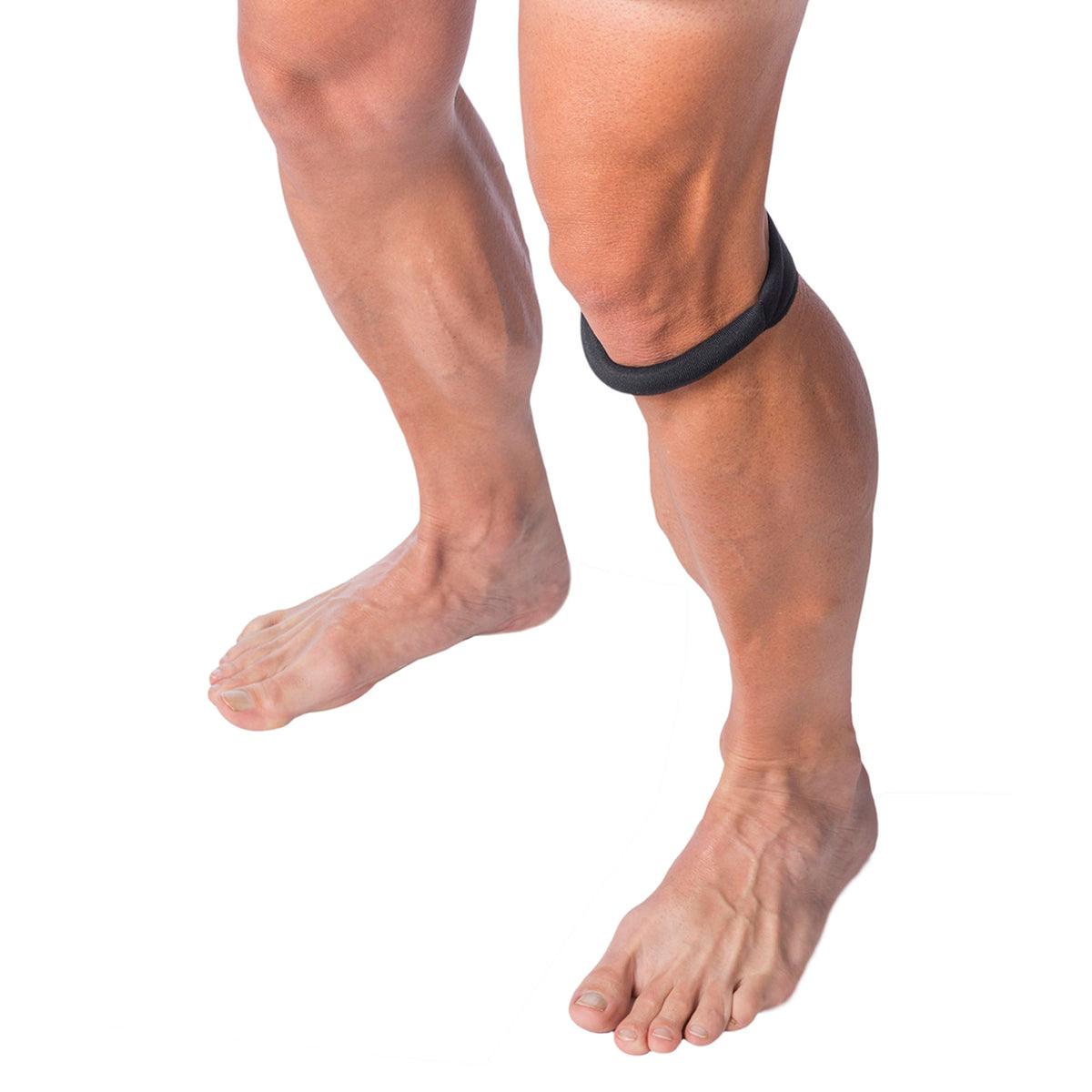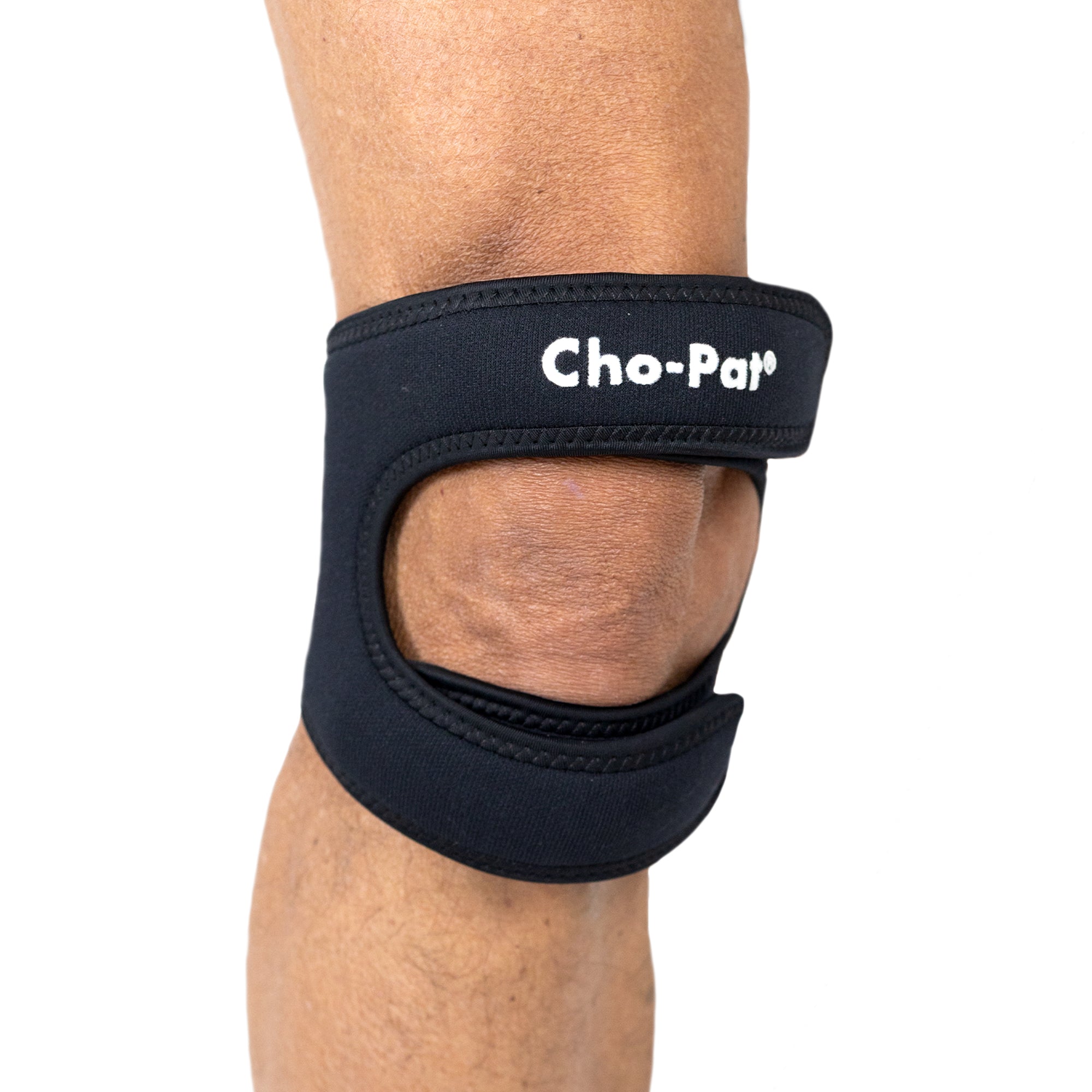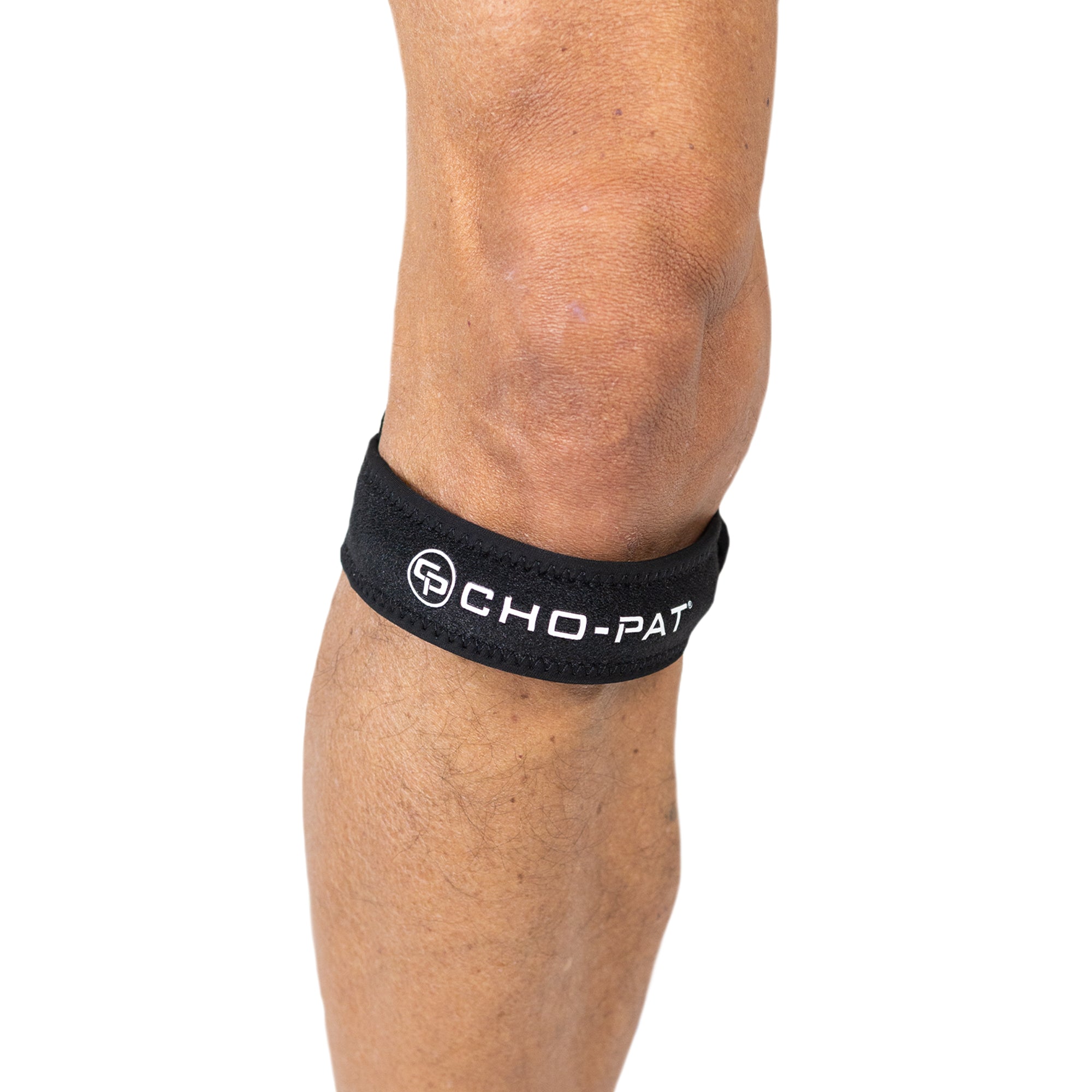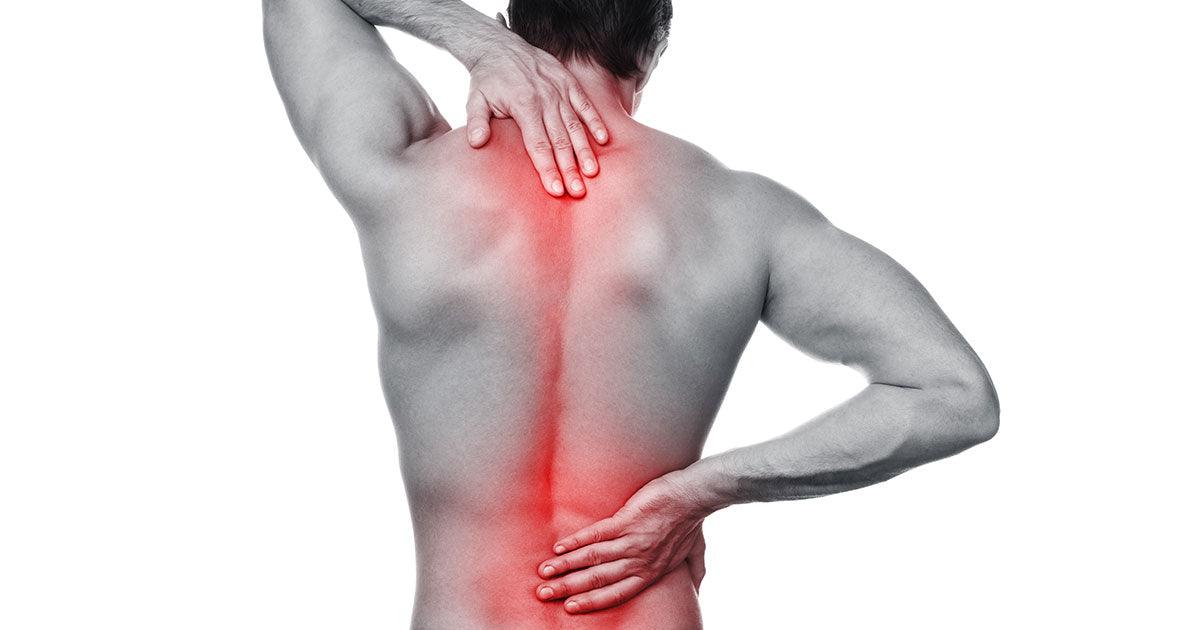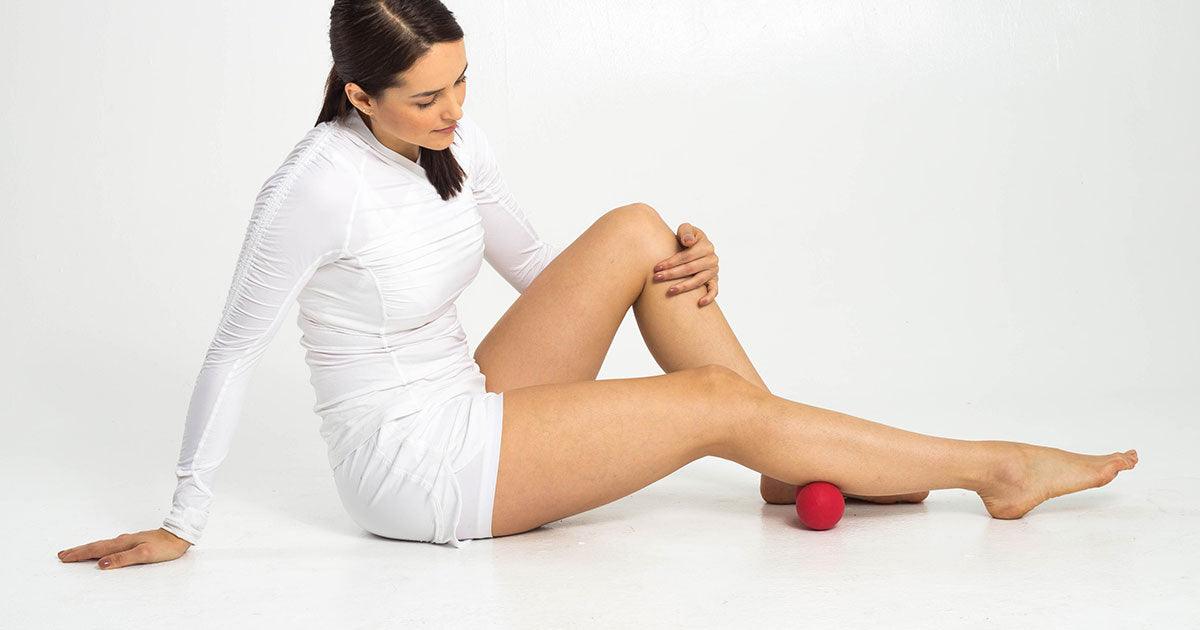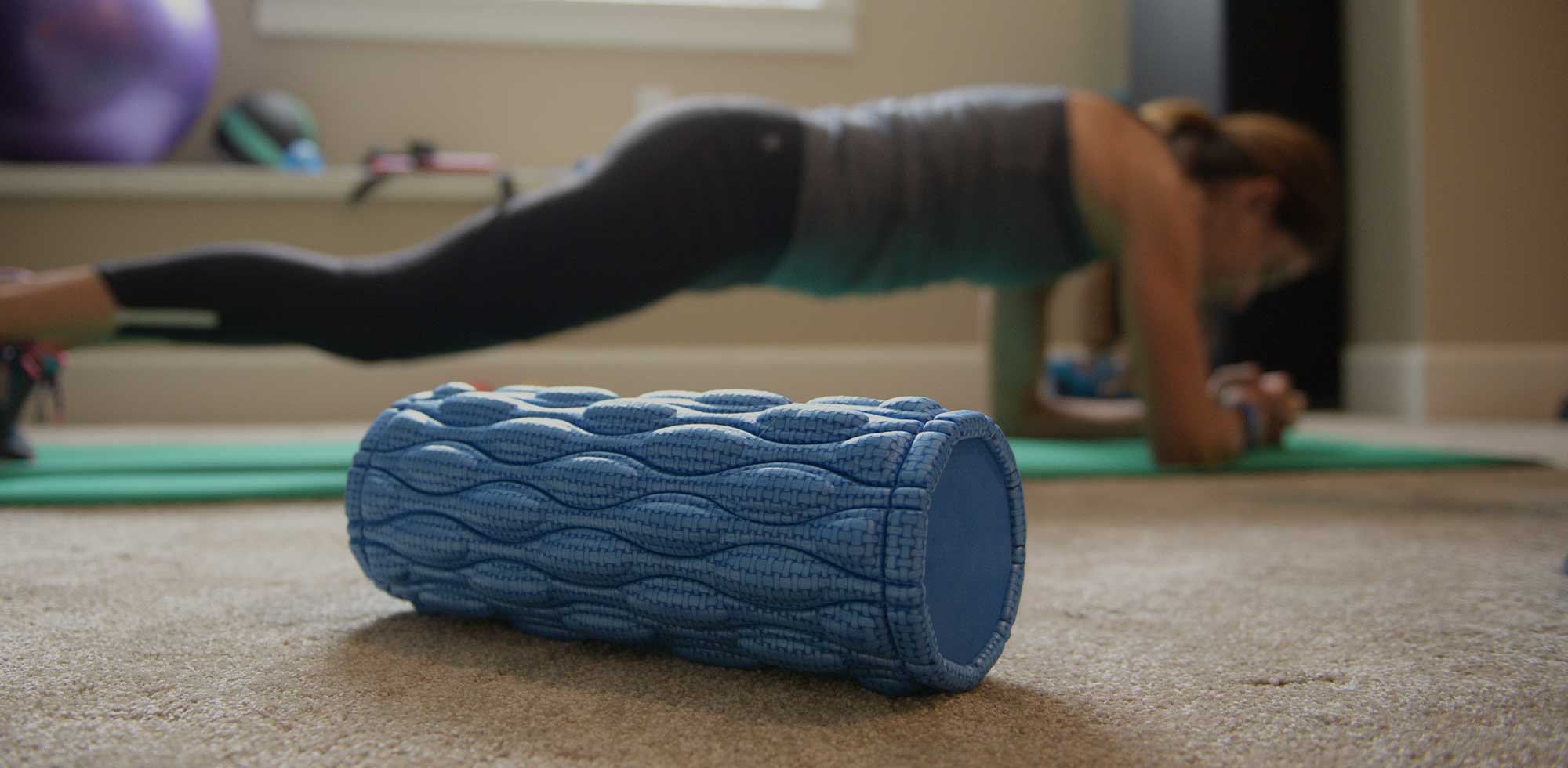Osgood-Schlatter disease is a common cause of joint and knee pain, especially in teenagers. It's characterized by inflammation below the knee joint, at the patellar tendon (the kneecap) and the tibia (the shinbone).
The good news is that Osgood-Schlatter disease is temporary, however, it can cause severe discomfort. Luckily, there are steps you can take to minimize the risk.
Table of Contents:
- What Causes Osgood-Schlatter Pain?
- Symptoms of Osgood-Schlatter
- 6-Step Checklist: How to Stop Osgood-Schlatter Pain
- Get the Tools You Need to Manage Osgood-Schlatter
What Causes Osgood-Schlatter Pain?
Growth spurts in adolescence are the primary cause of Osgood-Schlatter disease. These most commonly occur between the ages of 13 and 18 and are often accompanied by puberty changes.
Growth spurts are a normal part of adolescence. In some cases, teens may grow as much as several inches in a single month. This may then be followed by a period of slower growth, followed by another rapid spurt. The fast growth of the bones puts stress on the surrounding muscles and tendons.
Physical activity can make the situation worse by placing added stress on bones, joints, and connective tissues. Repetitive physical movements like jumping, running, and quickly changing direction are especially damaging.
These activities pull on the tendon that connects the kneecap and shinbone. This can gradually cause the tendon to separate slightly from the shinbone, resulting in a bony lump at the point of separation. The lump is the result of the body trying to close the gap by growing new bone.
Symptoms of Osgood-Schlatter
Osgood-Schlatter is more common in males, although females can also be affected. In boys, symptoms usually appear around ages 13 or 14, while in girls, they usually appear around ages 11 or 12. This is because girls tend to mature faster and experience growth spurts sooner.
This can occur in one or both knees. Pain may be mild or severe, with symptoms regularly recurring until teens are done growing. These include:
- Tenderness, swelling, and pain below the kneecap.
- Limping after physical activity.
- A bony lump may be evident under the kneecap in some cases.
- Increased pain during or after sports, exceptionally high-impact sports that stress the joints.
Symptoms can last for anywhere from a week to a month.
6-Step Checklist: How to Stop Osgood-Schlatter Pain
Osgood-Schlatter can interfere with your mobility and even keep you from playing your favorite sports. Here’s how to stop Osgood-Schlatter pain.
1. Select Non-Stressful Sports
Physical activity is vital for good health during adolescence. Experts recommend that kids up to aged 18 get one hour or more of moderate-to-vigorous exercise every day. That said, certain types of exercise can exacerbate Osgood-Schlatter symptoms.
Sports that require running, jumping, bending, and quick directional changes (which tend to twist the knee) are especially harmful. These include basketball, volleyball, soccer, ballet, skating, gymnastics, and hockey. If you’re wondering how to prevent Osgood-Schlatter, opt for low-impact exercises that don't stress the joints, like cycling, yoga, and swimming.
2. Invest in Quality Athletic Shoes
Always wear athletic shoes when exercising. Sports shoes provide added support to the arch of the foot and absorb shock, alleviating knee strain. You can also buy shock-absorbing insoles for your shoes. Select athletic shoes designed for the sport you play. For example, basketball shoes have a higher shaft to guard against ankle rolls.
3. Get a Knee Strap
Wear a knee strap beneath your knee to pad and shield the top of the shinbone. This helps prevent the bony lump – the critical characteristic of Osgood-Schlatter – from forming between the patella and tibia. The strap should fit snugly beneath the kneecap, allowing for maximum mobility while supporting the joint.
FOR SUPPORT |Recommended Product:

4. Rest, Ice, and Medicate After Exercising
If you notice warning signs of Osgood-Schlatter, make sure you take time to rest after physical activity. Elevate the knee by placing it on a small cushion to reduce inflammation. Apply ice packs for 20 minutes after you've been physically active to keep further swelling away. You may also take over-the-counter medications to reduce inflammation and discomfort. Consult a doctor before taking any medication.
5. Stretch Regularly
Stretch before and after exercising to alleviate strain on the tendons connecting the tibia and patella. Focus on your hamstrings and calves. Hold each of these stretches for 30 seconds and repeat them three to five times.
To stretch your hamstrings, lie on the ground with your buttocks near a doorframe. Extend your good leg straight out in front of you. Raise your injured leg and rest it on the doorframe. Keep it as straight as possible.
To stretch your calves, stand up and face a wall, placing your palms against the wall in front of your face. Step back with your injured leg, so the heel is on the floor and step forward with your good leg, bending the knee. Turn the toes on your back foot inward and lean against the wall until you feel the stretch.
The ideal tool for stretching both the hamstrings and calves more effectively and easily is ProStretch Plus.
FOR STRENGTHENING | Recommended Product:
ProStretch Plus® Adjustable Calf and Foot Stretcher

6. Strengthen Your Thighs
Your quadriceps consist of four muscles located at the front of the thigh. They contract to help you extend your knee. Do exercises to strengthen your quads, such as wall slides and knee extensions. Stronger quads alleviate stress on the tendons.
Get the Tools You Need to Manage Osgood-Schlatter
Medi-Dyne offers knee straps, stretching bands, and other products for people wondering how to treat Osgood-Schlatter. Serving over 70 countries worldwide, we are dedicated to helping people stay active and fit, with over 60 patented products designed to strengthen, stretch, and protect.
Get a look at our Osgood-Schlatter treatment products online. To learn more, give us a call at (800) 810-1740.
OTHER RELATED TOPICS:
OSGOOD SCHLATTER DISEASE EXERCISES
HOW TO CHOOSE THE RIGHT KNEE BRACE FOR RUNNERS
RUNNER’S KNEE: IMMEDIATE RELIEF & LONG-TERM HEALING
KNEE PAIN: SOLUTIONS TO PREVENT RUNNER’S KNEE
PLEASE NOTE: The information on this website and article is for information only and should not be used as a substitute for consulting your doctor. Consult your doctor for proper diagnosis and rehabilitation.
